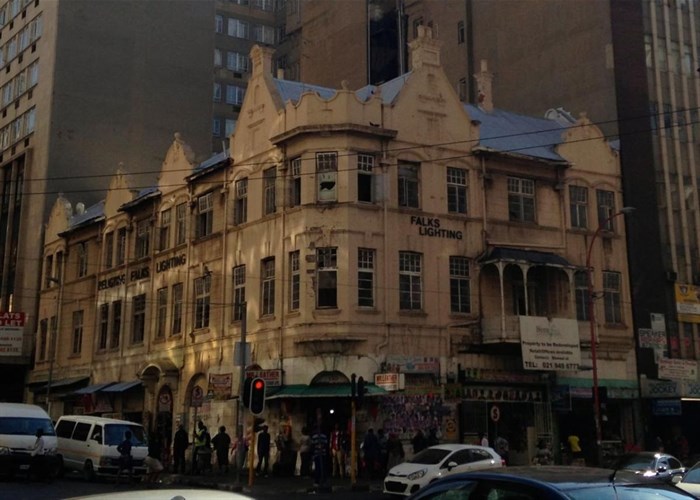SA's top most endangered heritage sites listed

With close to 50 submissions, the HMP is very encouraged by the response. “Our founding partner, the Heritage Portal, receives constant notices from members of the heritage community expressing concern about neglected sites of significance. With this campaign, we want to identify sites at risk around the country and get communities and local stakeholders active in finding creative ways to respond to the threats and hopefully ensure that sites are eventually removed from the endangered list. Sometimes a local church, mosque, cemetery or monument just needs a small amount of support from the private sector or local resident associations to make a big difference”, says Jacques Stoltz, co-founder of the HMP.
South Africans deeply concerned about the state of their cultural heritage
The number of submissions made in the first year of the campaign shows that despite perceptions to the contrary, South Africans are deeply concerned about the state of their cultural heritage.
Urbanites seem to be most concerned with the traditionally more urban provinces of Gauteng and the Western Cape dominating the list of submissions made. Gauteng accounts for nearly 50% of all submissions made. As anticipated, most of the sites are structures, buildings, townscapes, and public monuments and memorials. However, significant paleontological and pre-colonial archaeological sites were also submitted.
“As the bulk of sites that have statutory protection in terms of our heritage legislation would cover archaeological, palaeontological and manmade structures, this was to be expected. We were, however, expecting more struggle sites given that there are some high profile cases that have recently made the headlines. Having said that, we’re pleased to have seen many important industrial heritage sites submitted. All this shows that there’s room to grow the list in years to come”, Stoltz says.
Common threats
Most of the sites share common threats, such as a lack of maintenance, lack of funding or other resources, mining, development pressure, lack of development and investment, gentrification or simply, official neglect. The list includes publicly owned sites and buildings that, according to Stoltz, raises uncomfortable questions about government’s commitment to upholding heritage legislation and also equally worrying concerns about state asset management.
The importance of local custodians
The longlist names 46 heritage sites across a range of categories. These categories include cultural landscapes, archaeological and palaeontological sites, built heritage, industrial heritage, burial sites, military sites, public open space and even South Africa’s oldest nature reserve. One of the project partners in this campaign is the Heritage Association of South Africa (HASA). According to Len Raymond, HASA chair, “The submissions show that although conservation matters are often secondary for communities, they do appreciate the economic and social value of their local heritage resources”.
Raymond gives the example of “a local proposal to renovate a historic bridge to the advantage of a nearby community by physically integrating people with the larger area”. Many of the submissions, he continues, “speak to the valuable role that heritage resources play in local tourism economies – and the disastrous effect when heritage resources are lost”. But most importantly, Raymond says “the submissions show how important it is to have local custodians who don’t just complain but proactively work towards achieving better outcomes, not just for heritage sites but for the community in general. As HASA we work towards a vision of a national network of local heritage organisations that are actively encouraged and supported.”
The top 10 most endangered sites
The longlisted sites will now be put to an independent panel of experts. The panel will debate and make their own decision as to the top ten sites, based on the evidence and information provided to them, and according to set criteria, for example, the importance of the site to local communities and the extent to which the site can be conserved. The Top 10 most endangered sites will be announced in September, to coincide with Heritage Month.
The campaign was made possible by the support of its partners. “We’ve been particularly grateful for the support we received from City Press and The Heritage Portal, which helped us reach not only the heritage community at large but also a wider, more general audience”, says Stoltz.
The full longlist is available at The Heritage Portal. While there will be an annual call for submissions, members of the public can continue to submit sites on the Heritage Portal as part of the ongoing identification and monitoring of at-risk cultural heritage resources.